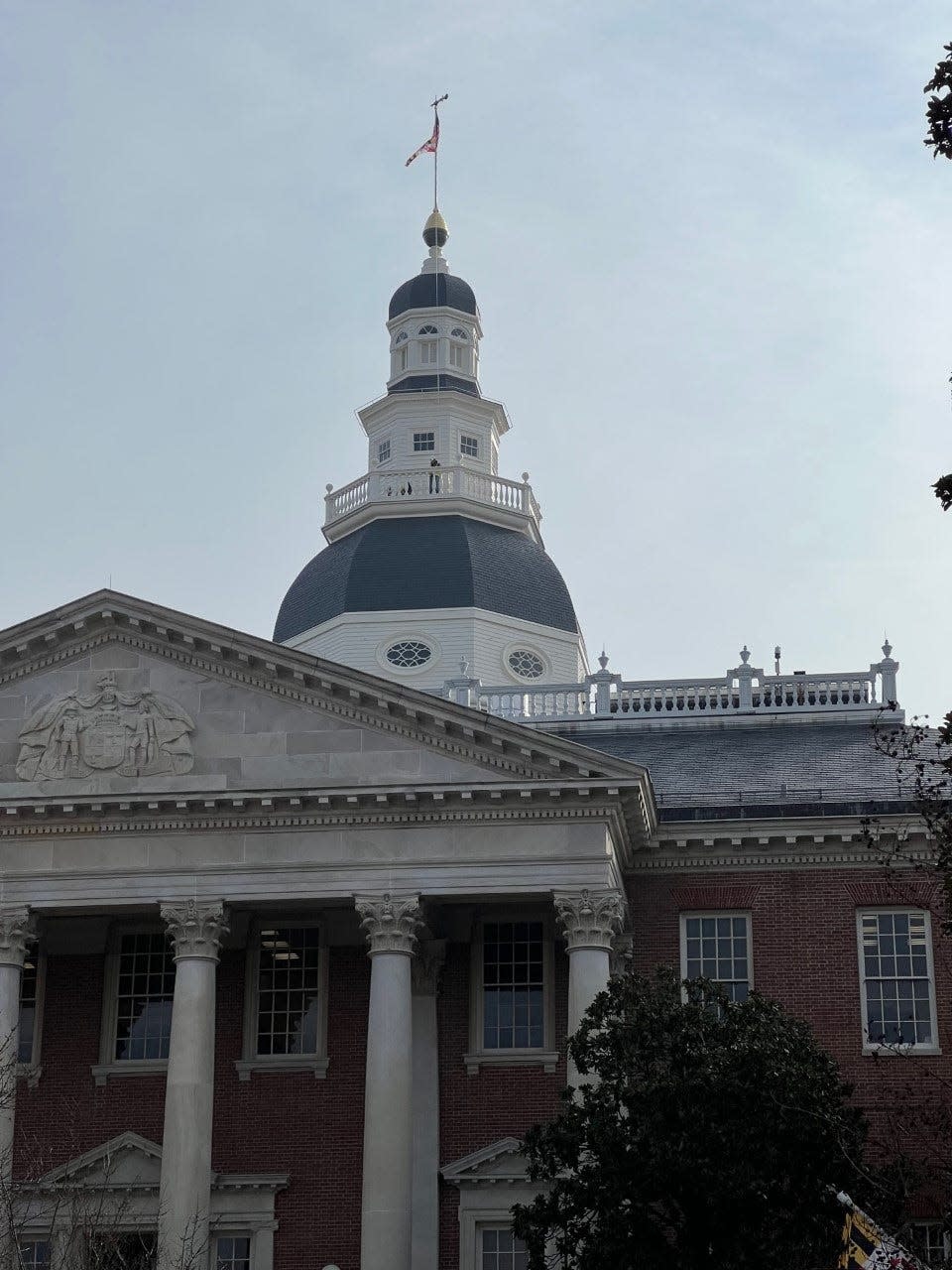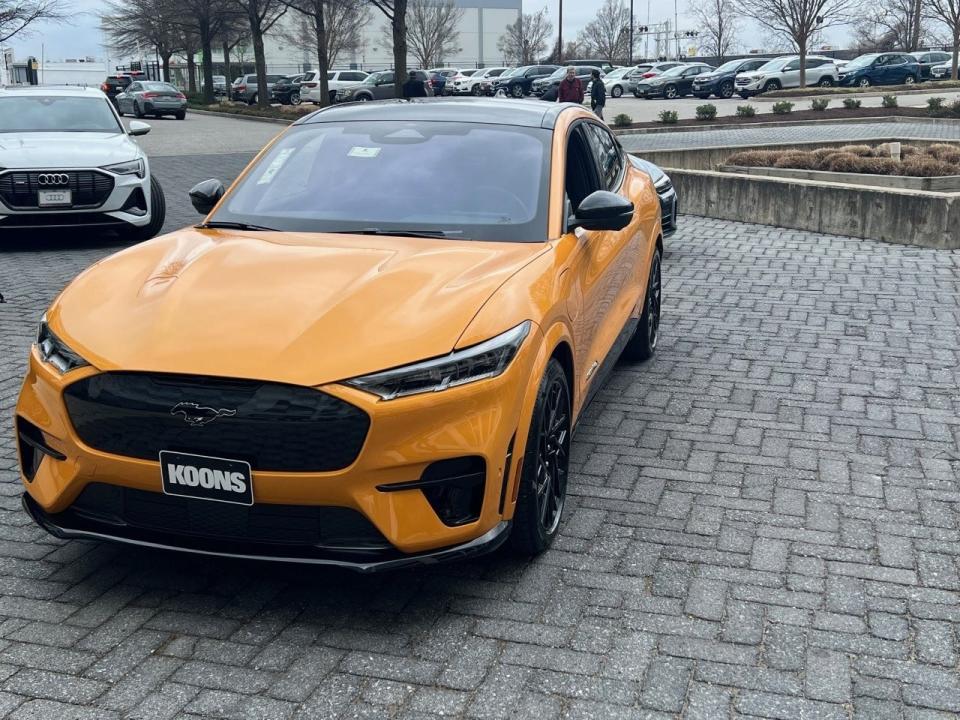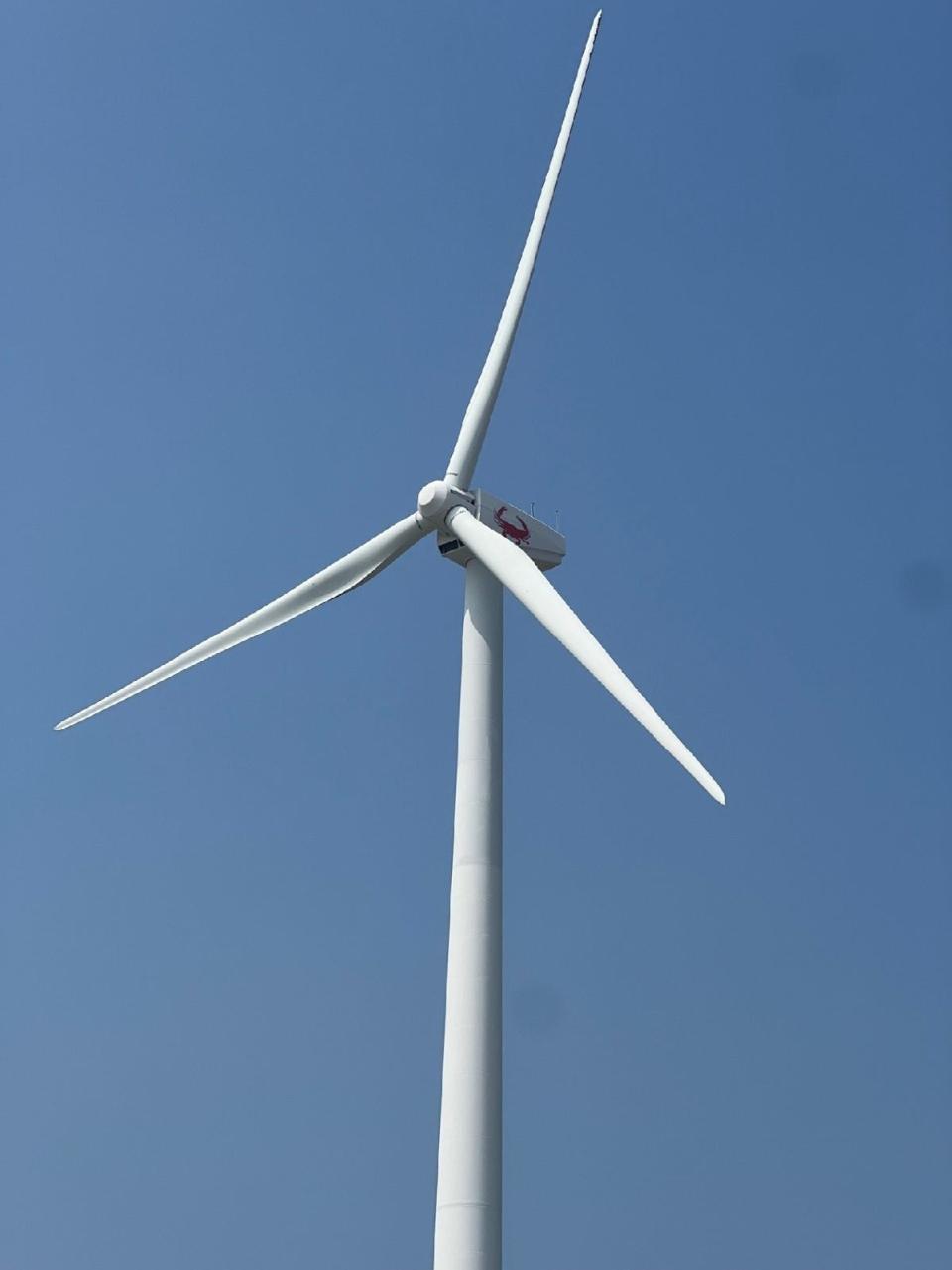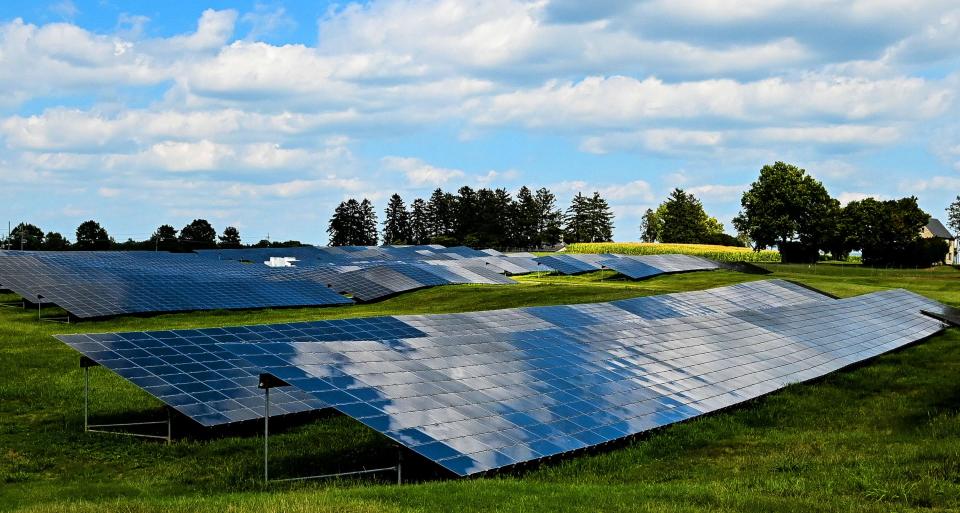Energy policy and the Maryland General Assembly: Where we are now and what's coming
The Maryland General Assembly has passed some ambitious environmental legislation in recent years, including the Climate Solutions Now Act of 2022, which called for cutting greenhouse gas emissions 60% from 2006 levels by 2031.
Maryland met its 2020 target in reducing greenhouse gases, but with a steeper decline scheduled ahead, the transition to clean energy was a cause for coming together across the state this year.
“I would rather hear (concerns) ahead of time,” said state Del. Karen Simpson, D-Frederick, after a climate listening session in Hagerstown in August. The meeting and a similar one held in Salisbury that same month were two of several held by the Maryland Department of the Environment this year in order to gain the public’s input on the state’s climate strategies for a Greenhouse Gas Reduction plan scheduled for completion this month. “It’s going to be on the people, it’s going to be on these businesses to make it happen,” said Simpson, of the reductions, in August.

In a Dec. 13 phone interview, state Sen. Mary Beth Carozza, R-Worcester/Wicomico/Somerset, called the state’s current energy policies “way out in front of the actual infrastructure.”
The department’s Greenhouse Gas Reduction plan is scheduled to be turned in to the governor any day and with the Maryland General Assembly scheduled to convene on Jan. 10, 2024 for its 90-day session, bills on electric vehicles, solar, and wind energy could again be before the Legislature. Here is a recap of where policies stand before the members return to Annapolis.
Maryland's Electric Vehicle adoption increases, on pace to fall short of goal
Less than two months into the job, Democratic Gov. Wes Moore held a press conference, announcing the phase out of the sale of new gas-powered vehicles by 2035. The announcement was not as novel as it seemed. It represented a continuation of a policy first passed by the Legislature in 2007, which led Maryland to follow California’s vehicle emission standards.
More: As Moore administration races ahead with clean cars, state far behind goal
Carozza, who said she drives a hybrid vehicle, detailed a recent trip with members of the Wicomico County delegation to the Pohanka Automotive Group of Salisbury, where the challenges of electric vehicle adoption (including of consumer demand) were driven home.
Electric vehicle (EV) sales in the state to date are not on track to meet the goal of the previous administration of Republican Gov. Larry Hogan for 300,000 registered EVs by 2025. As of November 30, the state had 88,980 registered EVs, still short of even the 100,000 benchmark.

More: Electric vehicles doubled in Maryland in two years, but total falls short of state goal
Concerns about EV repairs and charging, including near apartment buildings, were expressed by residents to the Maryland Department of the Environment in Salisbury in August. As of Nov. 30, there were 1,597 charging stations statewide. A half dozen are near the campus of Salisbury University, and the county as a whole has about a dozen more in total, representing 62 charging ports. Western Maryland’s Washington County, by comparison, has about 92 ports.
In the past two years, Maryland has received over $9 million in federal funding to build out its charging network. In a 16-month period from the end of July 2022 to the end of Nov. 2023, 356 charging stations were added statewide, including more than 1,200 charging ports.
Eastern Shore resident asks for management plans for offshore wind
Those vehicles and the electricity they consume are scheduled to rely on an energy grid, which may increasingly receive power from renewable sources like offshore wind and solar. Despite wind turbines spinning near Maryland’s coastline, not a single offshore project is yet complete off Maryland's coast.
More: Moore wants Maryland to lead on offshore wind, and here's how Crisfield is already pioneer

The General Assembly passed legislation earlier this year to quadruple the state’s offshore wind energy capacity from the two gigawatts currently permitted to 8.5 gigawatts by 2031.
More: Q&A: Maryland expert talks climate change, wind energy and more before listening sessions
During the Salisbury listening session, a trio of Eastern Shore women expressed concerns about the installations' impact on the fishing industry, while another expressed support for offshore wind, but asked that management plans be created.
“We need to ensure that we have reliability,” said Carozza, who serves on the Senate’s Education, Energy, and the Environment Committee and visited the site of the regional grid operator, PJM, with the committee in preparation for the upcoming legislative session.
On Dec. 13 as of 4 p.m., less than 5% of the energy on the PJM grid, which is used by 13 states and the District of Columbia, came from renewable sources (like wind and solar).
Maryland Public Service Commission to hold conference about solar Friday
And while offshore wind energy occupied a prominent place during the listening session in Salisbury, solar installations was a topic of conversation at the listening session in Hagerstown.
More: Solar power and farmland in Maryland: How those at upcoming conference may seek a balance
Washington County (of which Hagerstown is the county seat) used to lead the way in terms of total energy output from utility scale solar projects, but the Lower Shore’s Somerset County had the most utility scale solar output earlier this year based off just three projects.

In the state’s far western reaches of Garrett County, Amazon has agreed to purchase solar energy on the site of a former coal mine.
More: State’s solar power increases by the day. Which Maryland counties lead the way?
The Maryland Public Service Commission is scheduled to hold a one-day public conference on solar developments this week on Friday, Dec. 15, in Baltimore, which may lead to legislation by the General Assembly next year.
Dwight A. Weingarten is an investigative reporter, covering the Maryland State House and state issues. He can be reached at dweingarten@gannett.com or on Twitter at @DwightWeingart2.
This article originally appeared on Salisbury Daily Times: Solar, wind and EVs: A review and a look at what's coming in Maryland

